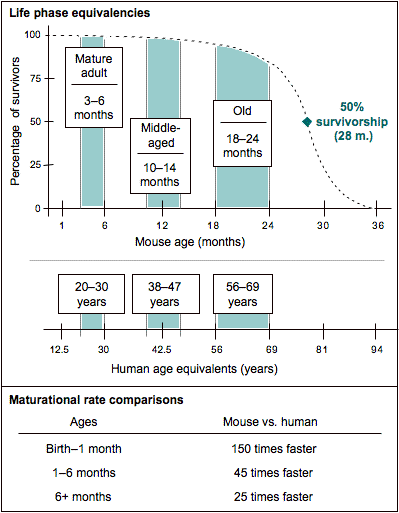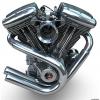one potential downside of this [increase in capillary growth in the NMN-exercise-angiogenesis paper] would be increased risk of cancer growth or invasion via angiogenesis. Flagging angiogenesis with age may be one of the reasons why cancer incidence plateaus late in current lifespans.
this is good to know:
The ability of NMN to promote angiogenesis raises the question of whether it might stimulate tumor growth. Mice treated with NMN or NR for extended periods show no evidence of increased tumor burden (Mills et al., 2016; Zhang et al., 2016). Indeed, during the course of our studies, no increase in tumor burden was seen with NMN-treatment or in a DEN-induced model of hepatocarcinoma (Figures S7J and S7K), although more study is warranted.
In the Mills Long-term study, mice were given 100 or 300mg/kg NMN daily for 12 months (mid-life to old age) with no increased mortality. Does that not give a clue to safety or cancer risk?
"It should be noted that NMN administration did not generate any obvious toxicity, serious side effects, or increased mortality rate throughout the 12-month-long intervention period"
The mice in the Mills et al long-term NMN paper were not initiated in mid-life, but as young adults (5 mo), and ended in late middle age (17 mo — before the "knee" in the mortality curve), not old age, so this is not a period where you expect to see much cancer anyway:

Figure from the Harrison lab at The Jackson Laboratory.
An effect sufficient to cause a substantial increase in cancer mortality over this age range would have to be very severe indeed. Additionally, to the extent that the concern raised by the NMN-exercise-angiogenesis paper is that NAD+ precursors could restore flagging angiogenesis with age and thereby facilitate cancer growth and invasion, these mice are too young for such an age-related decline to even set in: in the report, two months of NMN restored more youthful angiogenesis in mice that were 20 months old (well after the end of the Mills et al study), but "NMN did not alter the capillarity or exercise capacity of sedentary animals younger than 12 months (not shown), consistent with overexpression of Nampt, an NAD biosynthetic gene (Frederick et al., 2015)." So there's no reason to expect that you'd see an effect on cancer mediated by renewing angiogenesis in animals like those in Mills et al (though you might still wonder about other effects of NAD+, as discussed elsewhere in this thread).
Similarly, their N-nitrosodiethylamine-induced model of hepatocarcinoma is not very useful here: they give what is actually rather stunningly little information about the study, but they do say that the test was initiated at at 14 days of age (before the mice were even weaned!), and continued for 20 weeks: at this age, again, there's no age-related decline in angiogenesis to reverse. I'm also not sure about the expected time-course of cancer in their model, since they don't state the dose of carcinogen (!) and the time-course may be too short.
You might more reasonably expect to see an effect in the Zhang et al NR lifespan study, where animals were put on NR commencing at 24 months of age and continuing until death (≤10 months in practice), but somewhat stunningly they didn't do any necropsies, so they don't know if there was an increase in tumors or not. Of course, if there had been a truly massive increase in grossly-visible tumors, you'd expect someone would pick up on it — but not a (say) 30% increase in more typical-sized ones. (They also actually didn't do any necropsies in Mills et al either, but they look at their health in other ways, which again didn't happen in Zhang et al).
So, these lines of evidence are, literally, better than nothing, but not really all that reassuring.
Edited by Michael, 23 March 2018 - 06:52 PM.































 This topic is locked
This topic is locked

















